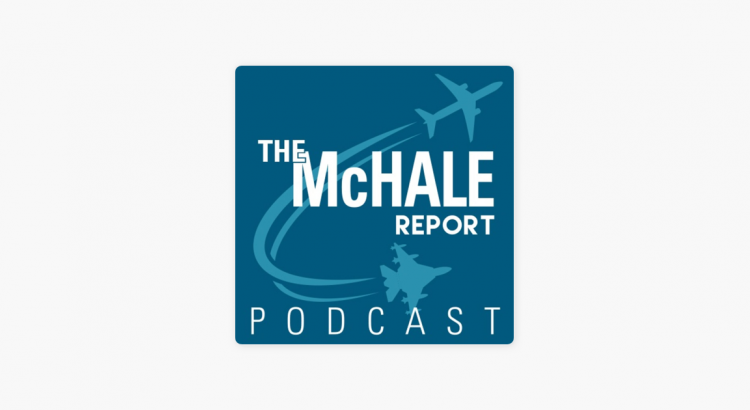
Finding New Supply Chain Muscles in a COVID-19 World
Ash Hall Vice President, Supply Chain
April 3, 2020
While I’ve tried to refrain from using the new cliché “these are unprecedented times,” I can’t think of a better way to describe what we are facing with COVID-19. Like the other functions within Mercury Systems, supply chain is having to flex muscles we haven’t had to use in the past to mitigate the extreme risks this pandemic places on our business. And we’re not alone.
In late January/early February, when news of the coronavirus and its devastating wake in China became more well known, I felt a brief moment of relief that Mercury Systems doesn’t have direct suppliers from China (except for very few/one-off situations). That naïve security was quickly shattered as I considered the levels within our supply chain – our suppliers, their suppliers, their suppliers’ suppliers, etc. At some point, someone will be reliant on components from China. Supply chain managers whose previous concerns were one or two levels down into their supply chains now find themselves rolling up their sleeves and diving more deeply.
Assessing Risk
For complex systems of materials and factories, the basic assumption that underlies success is that risk is diffused throughout the supply chain and can be managed through lead-time optimizations and evaluation of individual supply chains. For COVID-19, this process proved to be not only inadequate, it also ran the risk of further exacerbating supply chain risks.
Within weeks, this was no longer a China or an Asia issue. We quickly realized the standard supplier risk management process we launched at Mercury Systems only last summer had to be adjusted, yet again, to more accurately pinpoint COVID-19-related risks to enable effective mitigation actions. Some of the criteria we are using to assess the risk of each supplier are the impact their failure could have on the business, based on the time and cost to recover, and the likelihood of failure. For COVID-19, we streamlined the model to focus on three areas:
- Sourcing options (single/sole sourced, supplier-owned IP, availability of alternate parts or sources)
- Financial stress on the supplier (will the supplier be able to weather this storm?)
- Likelihood of supplier being shut down by local government
Based on the assessments of the suppliers, which are now reviewed and updated daily, we generated a heat map and focused on the suppliers in the “red risk” areas to determine appropriate mitigation plans.

Mitigating Risk
We determined the number one action to mitigate risk would be to pull in the supplier deliveries of material required for Q4 as soon as possible, with Q1 and Q2 as a second priority. This process requires a stronger alignment across functions, starting from revenue forecasting through planning down to procurement—a precursor to the SIOP process (sales, inventory and operations planning) that is being piloted across certain sections of our business. That sounds simple, but in practice, the amount of time it takes to get information across an entire supply chain can be challenging. In this current crisis, we are able to evolve this process much faster than it would have taken under normal circumstances.
Other mitigation actions to reduce supplier risk are:
- Identifying alternate suppliers
- Identifying alternate parts
- Partnering with sales, programs, contracts and engineering on expedited customer approvals for sourcing changes
- Providing financial support to struggling suppliers (especially small businesses)
But there are many other new ways we can all consider and questions to ask as we wrestle with better managing our supply chains, including:
- Performing a deeper analysis of our suppliers’ supply chains – where do our suppliers’ sub-tier fabricate, manufacture, assemble, test, etc.?
- Tying the delivery of our material to the customer programs, directly linking procurement impact to revenue
- Implementing a structured daily cadence across all procurement teams to ensure delivery to manufacturing schedules
While this pandemic is driving my organization – and many others – out of its comfort zone, we are learning to build a coalition of people and practices that will be vital tools long after this virus has been contained. Since working from home, I’ve started exercising again (more for my mental than physical health), and I am feeling aches and pains I haven’t felt in a long time. Much the same, as we continue to flex these unfamiliar supply chain muscles to tackle the new challenges presented by COVID-19, I am certain we will become a stronger function within company operations.







 Enabling a Trusted Domestic Microelectronics Ecosystem
Enabling a Trusted Domestic Microelectronics Ecosystem